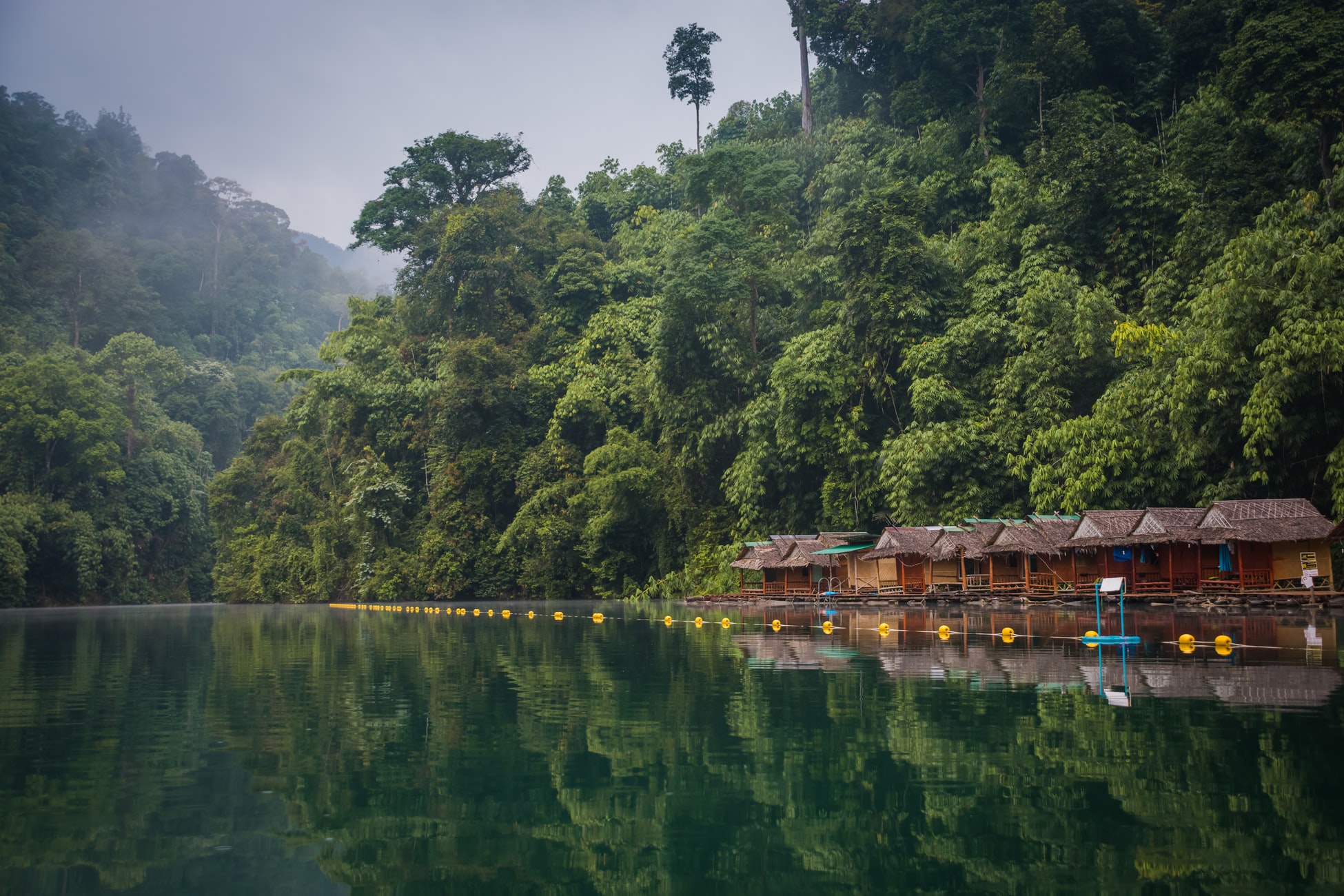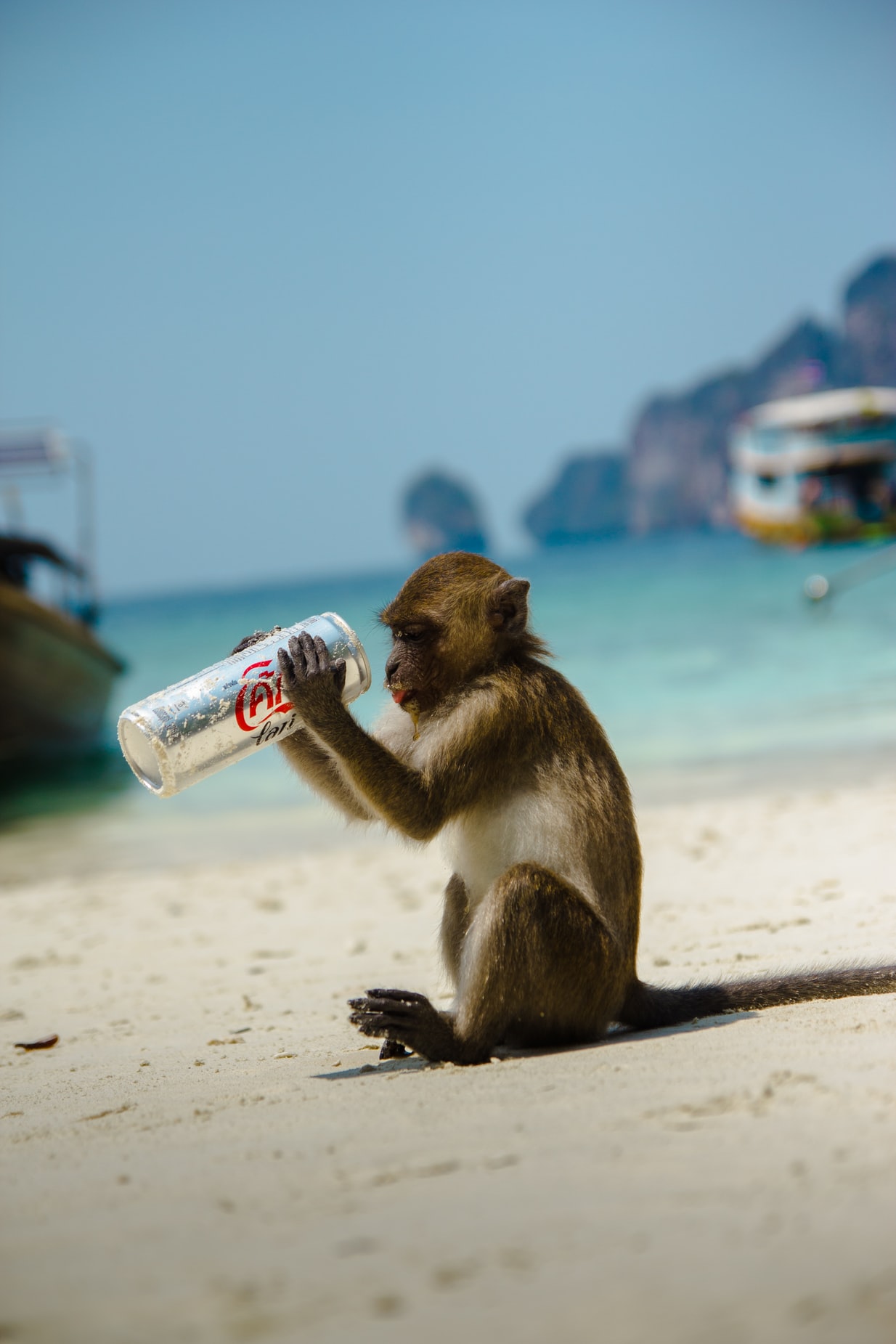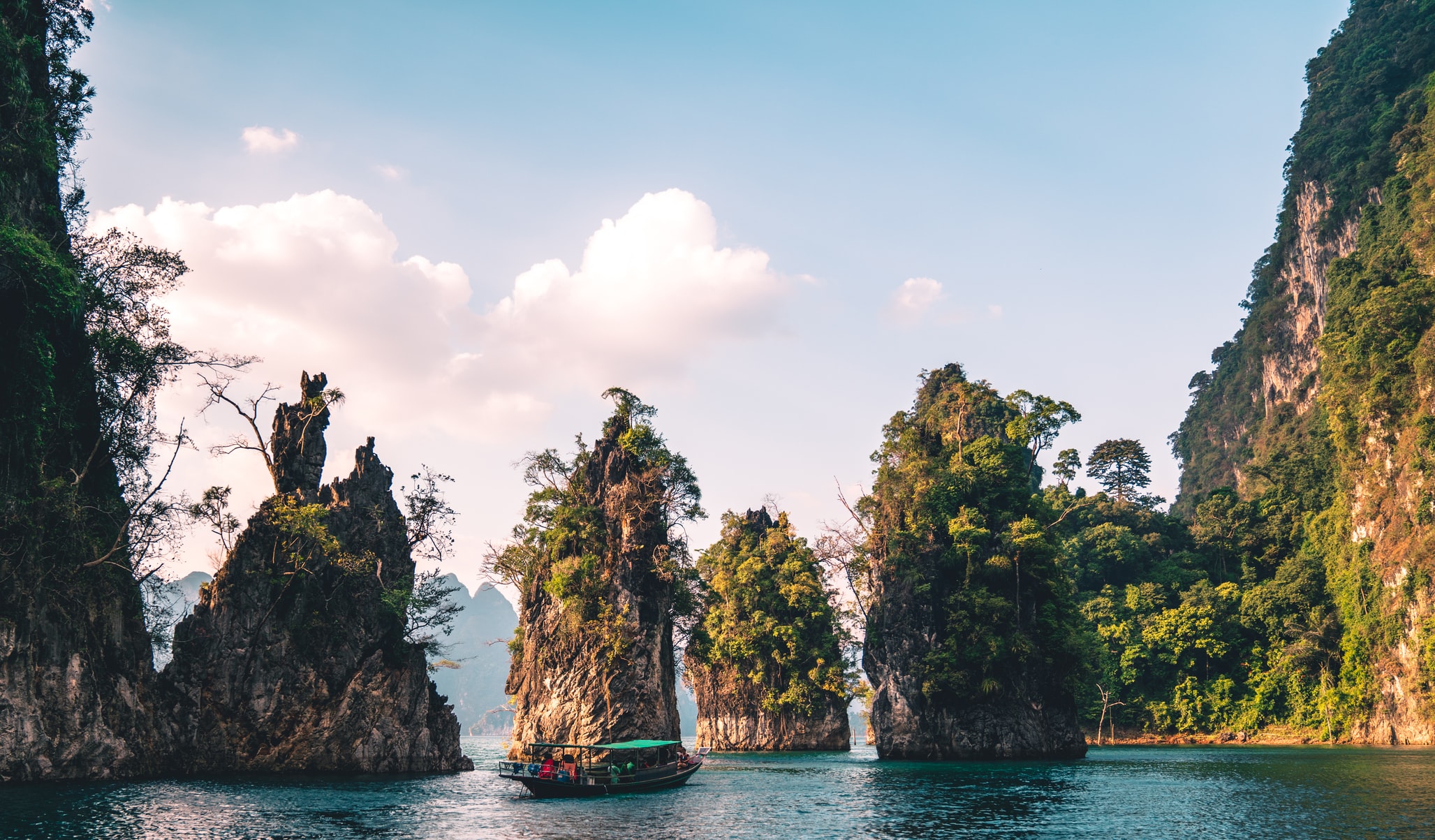
- Inspiring People -
- 4mins -
- 1,063 views
Thailand may close all national parks for 3 months each year to protect wildlife post-pandemic
The Minister of Natural Resources and the Environment is considering an annual three month closure of all national parks, to allow nature to regenerate itself naturally and without human disruption.
Thai National parks to close every year
Thailand’s Department of National Parks, Wildlife and Plant Conservation (DNP) has announced a plan to temporarily close national parks nationwide every year even after Covid-19. The Minister of National Resources and Environment, Varawut Silpa-archa initiated the idea to close the country’s 127 national parks for three months each year, to allow the allow nature to regenerate itself naturally, free from human disruption.

Thai Minister of Environment calls for 3-month annual respite for National Parks
The Minister of Natural Resources and the Environment is aiming to propose a three month closure every year of national parks, to allow nature to regenerate itself.
The Minister, Mr. Varawut Silpa-archa, mentioned the proposal during a trip to preside over a mangrove forest planting event and the new nature and marine creature exhibition center in Rayong province.
He was speaking during the present closure of national parks all over the country due to the COVID-19 outbreak. Wild animals have been appearing more often than at other times, because human activities are no longer a threat. To help promote natural regeneration, the ministry is now creating a plan to close all national parks and their attractions for three months every year.
However, the minister also asked tourists and local residents to help conserve national resources and travel without harming wildlife in any way. The ministry will announce the closure period of each national park later.
Source: ThePattayaNews

“The absence of tourists leads to wildlife recovery,” says official
Ever since the 127 national parks were closed on 25 March, more wild animals have been spotted in national parks across Thailand.
These animals include a serow relaxing at Pha Dieo Dai Cliff, a sun bear crossing a road in Khao Yai National Park in Nakhon Ratchasima, and dozens of bottlenose dolphins swimming alongside a ranger’s boat in Mu Koh Similan National Park in Phangnga. Meanwhile, a starry puffer was also spotted in Mu Koh Chang National Park in Trat. The fish is about one metre long and was last seen 13 years ago, according to a report by the national park.
"The absence of tourists leads to wildlife recovery," the DNP director-general Thanya Netithammakun told the Bangkok Post, adding that they seemed to be at peace during this time.
Each national park will be required to submit their plans and the period of closure, including some marine national parks which are normally closed during monsoon season, to the DNP.
Source: BangkokPost

The good news: Thailand’s 127 national parks to reopen on 1 July
Did you know that there are still wild tigers, elephants, leopards, tapirs, gaurs, bears and many monkey species in many tropical rainforests across Thailand? Do you also know that around 10% of all marine species in the world can be found in Thailand? And the fact that Thailand is the best bird-watching destination in mainland Asia?
National parks are protected areas of land because they have unspoilt landscapes and a diverse number of native plants and animals. There are 127 national parks in Thailand, of them 22 marine national parks. These parks offers a diverse range of flora and fauna, home to important population of endangered species.
According to the Thai National Parks website, most major national parks in Thailand will re-open 1st July, 64 fully, 63 partly and others will remain closed. Of the important national parks, Khao Yai, Kui Buri, Erawan, Kaeng Krachan (partly), Khao Sam Roi Yot, Doi Suthep (partly), Mu Ko Ang Thong will be opened.
Of the important national parks, Doi Inthanon will remain closed until further notice.
Source: ThaiNationalParks



